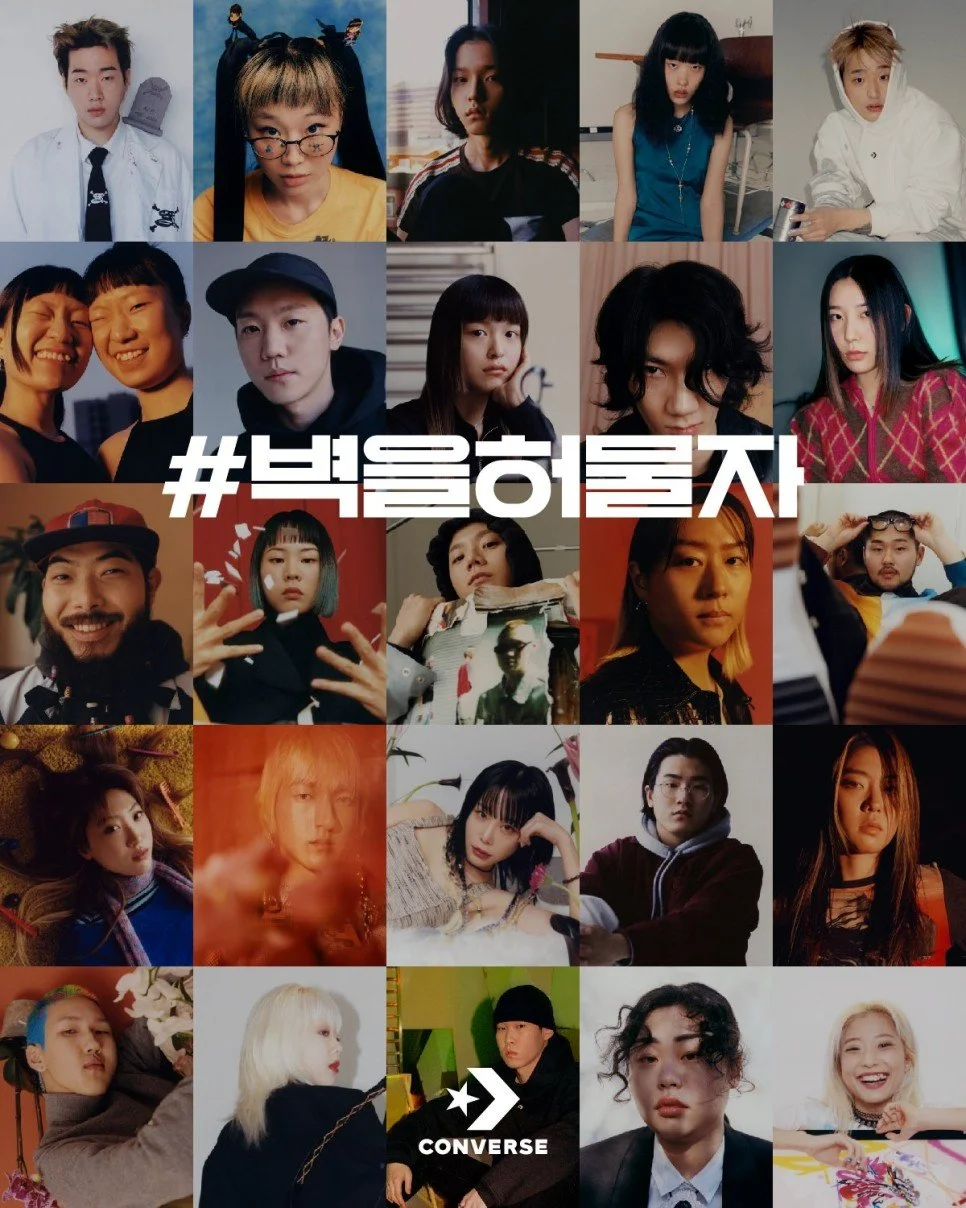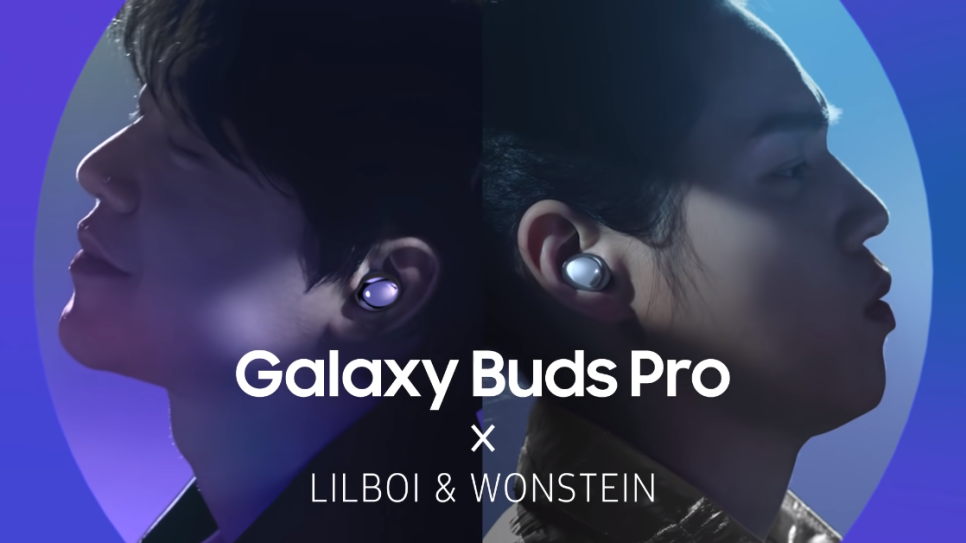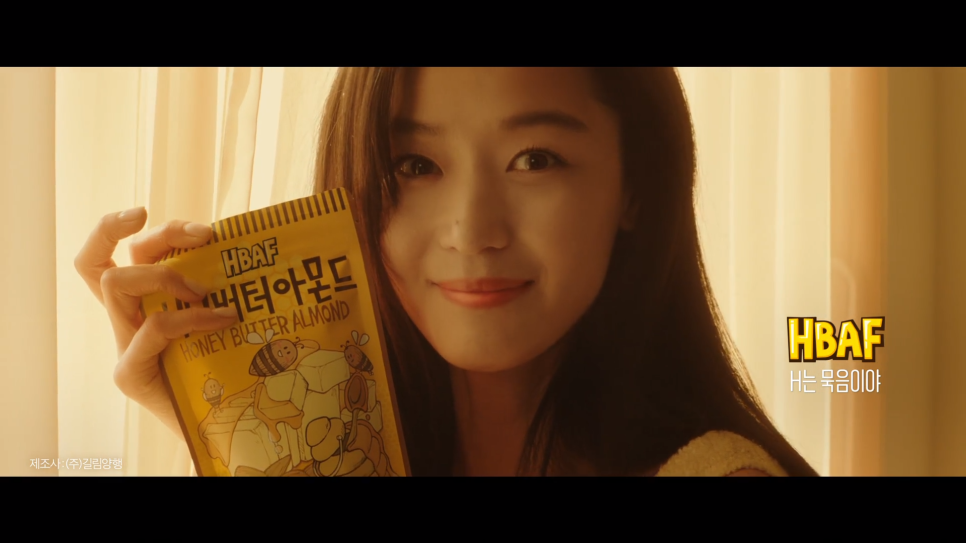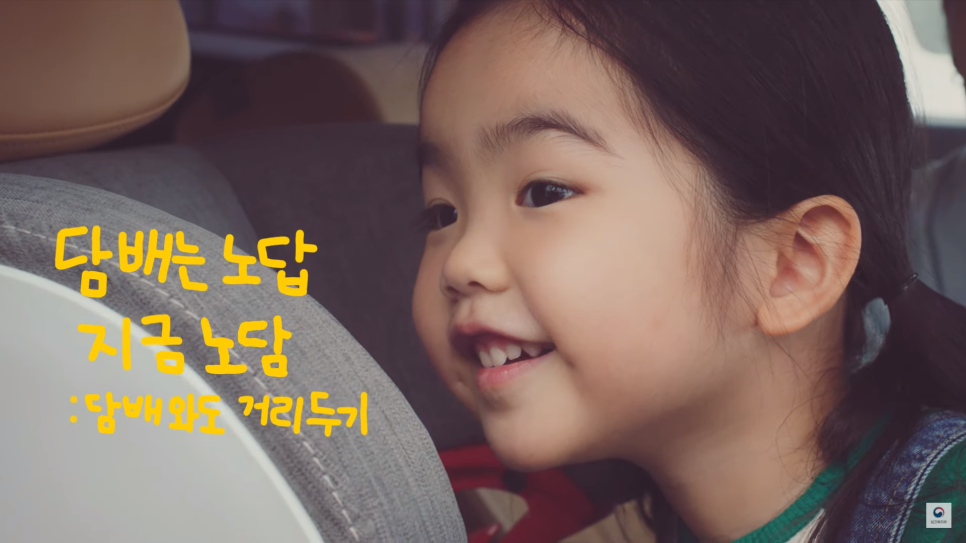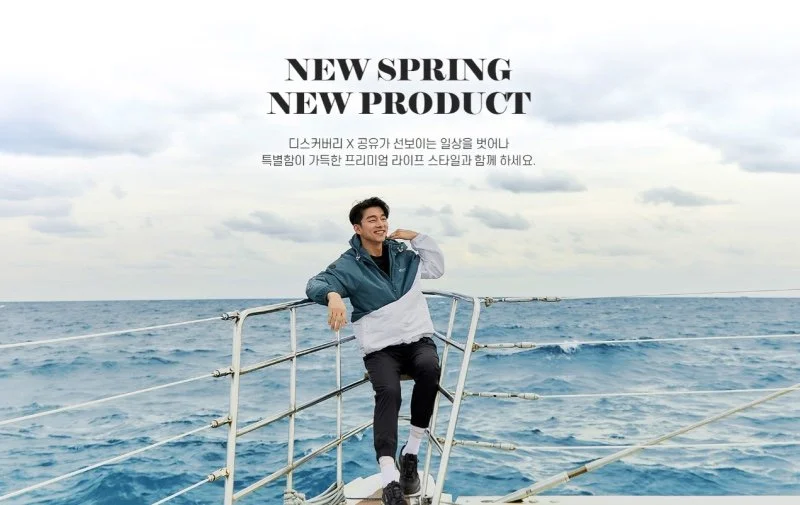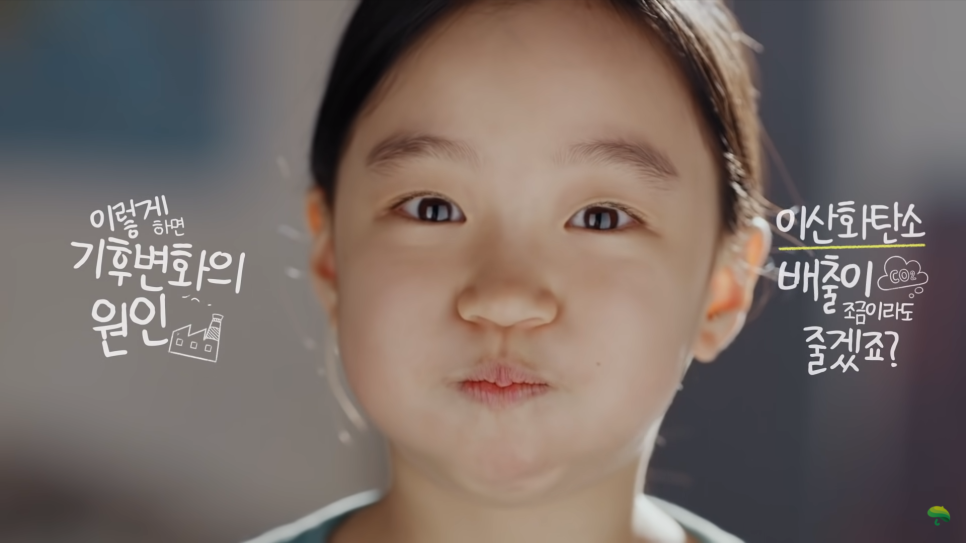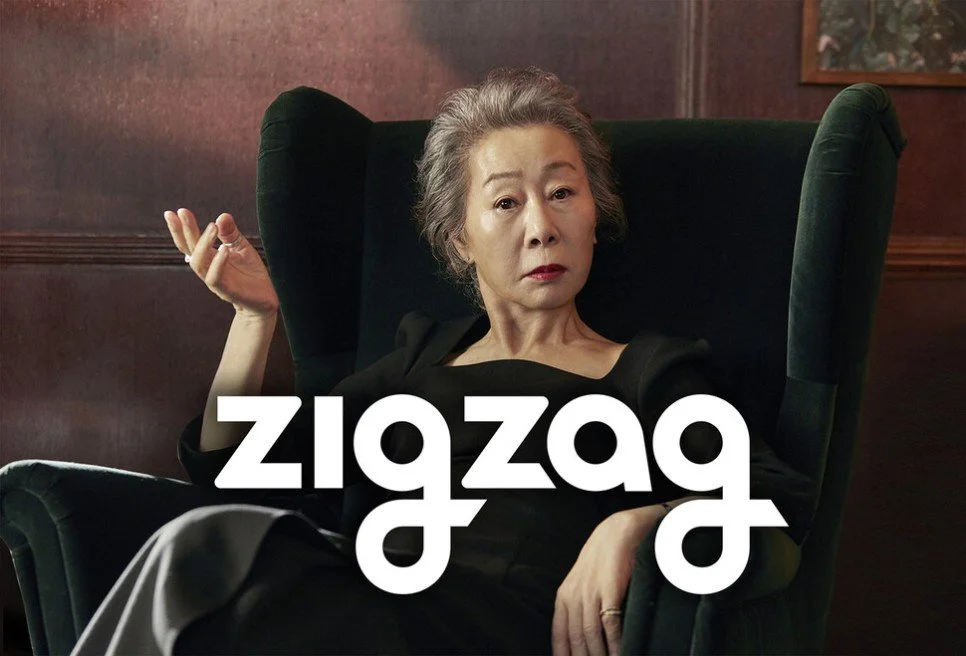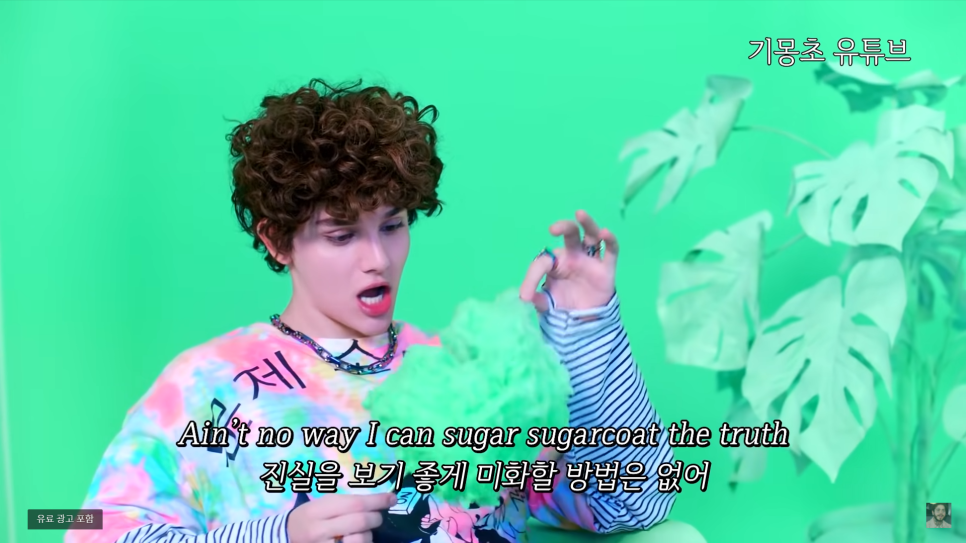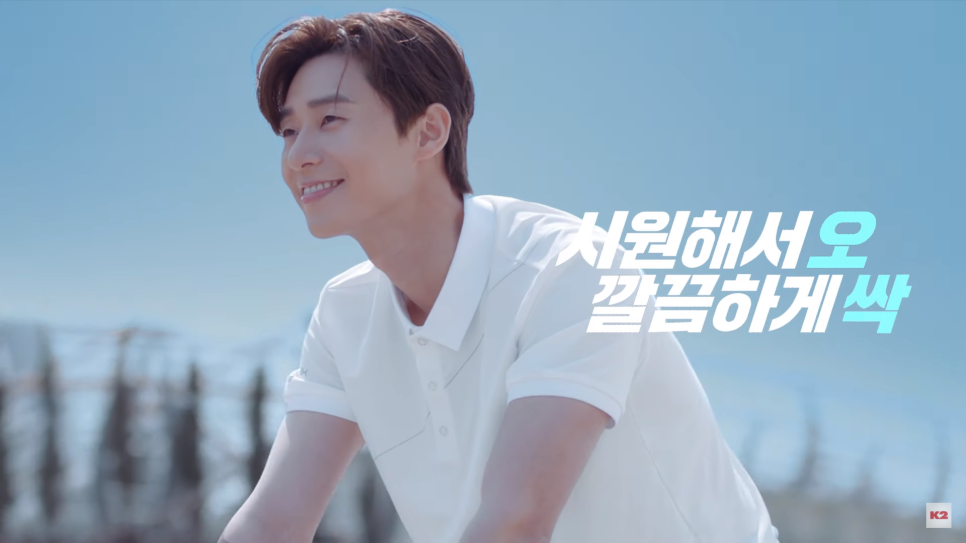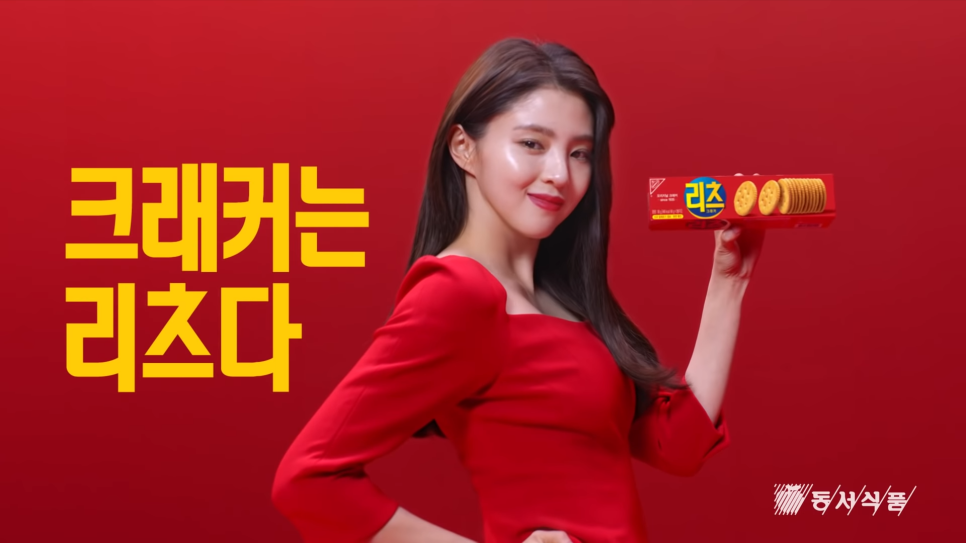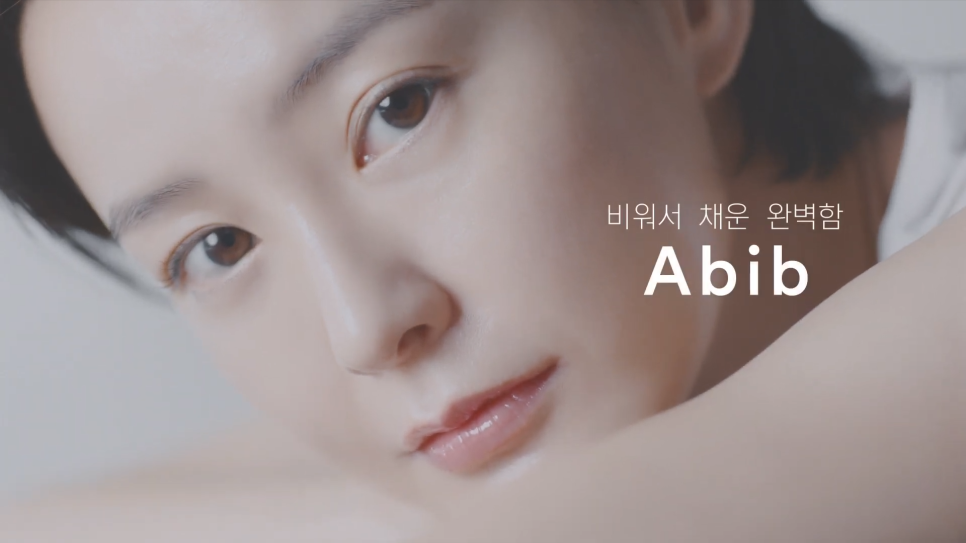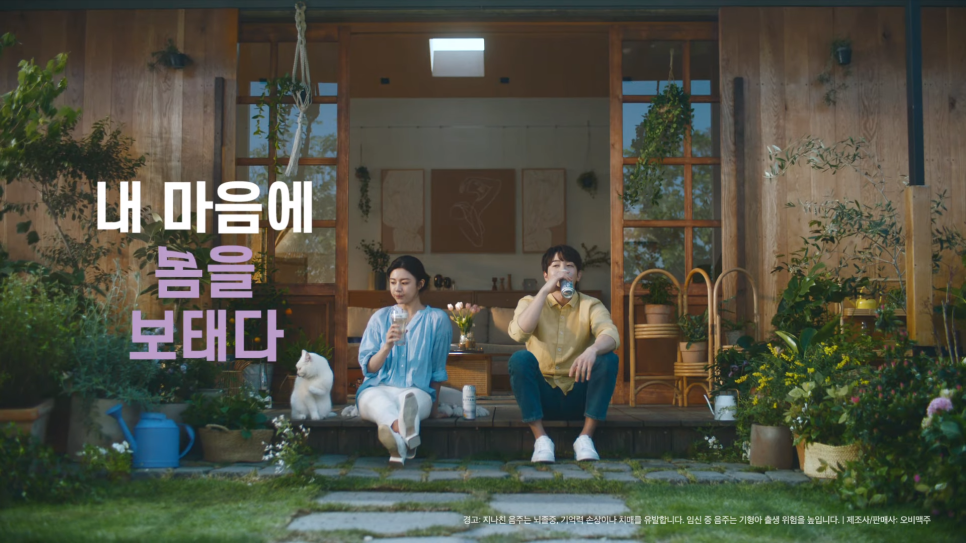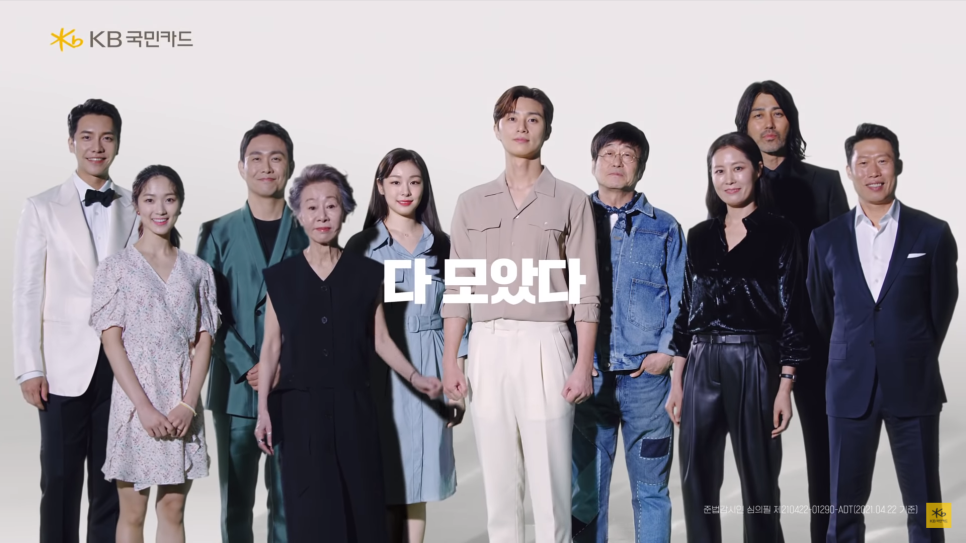
AD Diary
<Interactive Advertising> in Seoul Women’s University, 2021
This project was part of the <Interactive Advertising> course, spanning two months from March to May, during which I was tasked with writing an 'Advertising Diary' entry every day, excluding weekends, resulting in a total of 40 entries. Throughout each day, I selected one advertisement that made a significant impression on me and documented it. My goal was to derive insights from the perspective of a student studying advertising.
I focused particularly on assessing how well each advertisement captured the 'trendiness' by examining elements such as copy, message, model, direction, trends, novelty, target audience, media, tone and manner, story, and background music. After identifying notable features from about 40 advertisements, I extracted final insights from both a consumer's and an advertising student's viewpoint.
The criteria for selecting advertisements were as follows:
1) Is the advertisement engaging and innovative enough to watch without skipping?
2) Does the advertisement contain interesting elements?
3) Is the advertisement effectively communicated to its target audience?
An advertisement meeting any of these criteria was considered for inclusion in my diary. I utilised my blog website for daily uploads of the Advertising Diary, using viewer statistics to gauge consumer interest in this format.
If you click on the photo below, you can access the advertisement diary page for that advertisement.
The insights derived from the advertising diary highlight that "advertisements capturing the latest trends, with eye-catching models and copy, engage consumers' attention."
Models in advertisements play a crucial role as a visual element that draws consumer interest and focus. While interest can be increased through other elements, popular models stimulate consumers' eyes, helping them remember the advertisement. Therefore, brands need to select advertisement models based on appropriate criteria. It involves assessing the model's likability and unlikability. A model's likability can translate into a preference for the brand, positively influencing the brand image. Conversely, models with low likability or those frequently embroiled in controversies could negatively impact the brand. Furthermore, selecting models that fit the brand image is crucial as it helps communicate the brand's identity to consumers and position it appropriately. Selected models can draw consumer attention through 'likability', 'familiarity', 'similarity', etc., contributing to the brand image. Moreover, using '3Bs' - Beauty, Baby, Beast in advertisements can significantly enhance consumer attention and increase likability for the brand.
Copy is considered the "flower" or "backbone" of advertising, occupying a significant role. Effective copy should deliver the brand's message to consumers in an easily understandable manner from their perspective. The primary goal is to maximise the advertisement's effect by ensuring its meaning is immediately apparent. However, a copy that solely aims to sell products may not catch the consumer's eye. To maximise the advertising effect, the product and advertising concept should be the basis for developing the copy. It should succinctly highlight the product or service's unique features and reflect the brand's value. Memorable advertising copy usually employs rhetoric or contains meaningful messages that move consumers.
Trends are especially crucial in marketing, including advertising, not just fashion. Falling behind trends can result in a lack of interest. The rapid development of new media and industries means trends are changing faster than ever. Keeping up with these changes and capturing the general societal trends in advertising is important. For instance, advertisements addressing trends related to COVID-19 have become common during the pandemic. As the pandemic emphasized the importance of the environment, companies have been focusing on sustainability and ESG management to convey their brand philosophies to consumers. Why are trends important? In the digital age, the distinction between producers and consumers of advertisements is blurred. The primary consumers of the media industry, the MZ generation, have a tendency to voluntarily share, expand, and produce interesting content. Capturing this generation's interest requires tapping into current 'trends.'
No single element of an advertisement is unimportant, so "advertisements that capture the latest trends with eye-catching models and copy" can't be the only formula for success. However, considering the broad consumer base's influence and human psychological traits, such insights can be drawn.
Humans instinctively don't want to fall behind, so they grasp societal flows and moods. This instinct leads people to seek mainstream culture and follow the latest trends. Moreover, in the current era of advanced new media, capturing the MZ generation's interest as the protagonists of digital advertising has made 'trends' more crucial than ever. Advertisements reflect a generation's trends, enabling recall of the times and embedding themselves in the memories and hearts of those who lived through them.
Models in advertisements play a role in drawing consumer attention. Even within an advertisement, if a popular, liked, beautiful, or handsome person appears, people instinctively focus on the advertisement. Long-serving models or those well-matched with the brand's image become the face of the brand in consumers' minds, highlighting the significant role models play.
Lastly, as mentioned, copy is the "flower" and "backbone" of advertising, signifying its importance. The existence of dedicated 'copywriters' in advertising teams underscores the critical role of copy. It fills in what visuals alone cannot explain and effectively conveys the brand's intended message and purpose to consumers. While trends and models may momentarily dazzle in an era, simple yet innovative copy offers unmatched differentiation. Analysing the advertising diary and deriving insights revealed that each element of an advertisement is not isolated but interconnected organically.
In conclusion, this project was a profound learning journey that not only enhanced my understanding of advertising strategies but also deepened my appreciation for the art and science of advertising. It illuminated the importance of continuously evolving and adapting to the ever-changing landscape of consumer preferences and media trends. The insights and skills I've acquired through this experience will undoubtedly be invaluable in my future endeavours in the field of advertising.
Project Outcome
You can see the learning outcome through this file. Unfortunately, only the Korean version is available.



